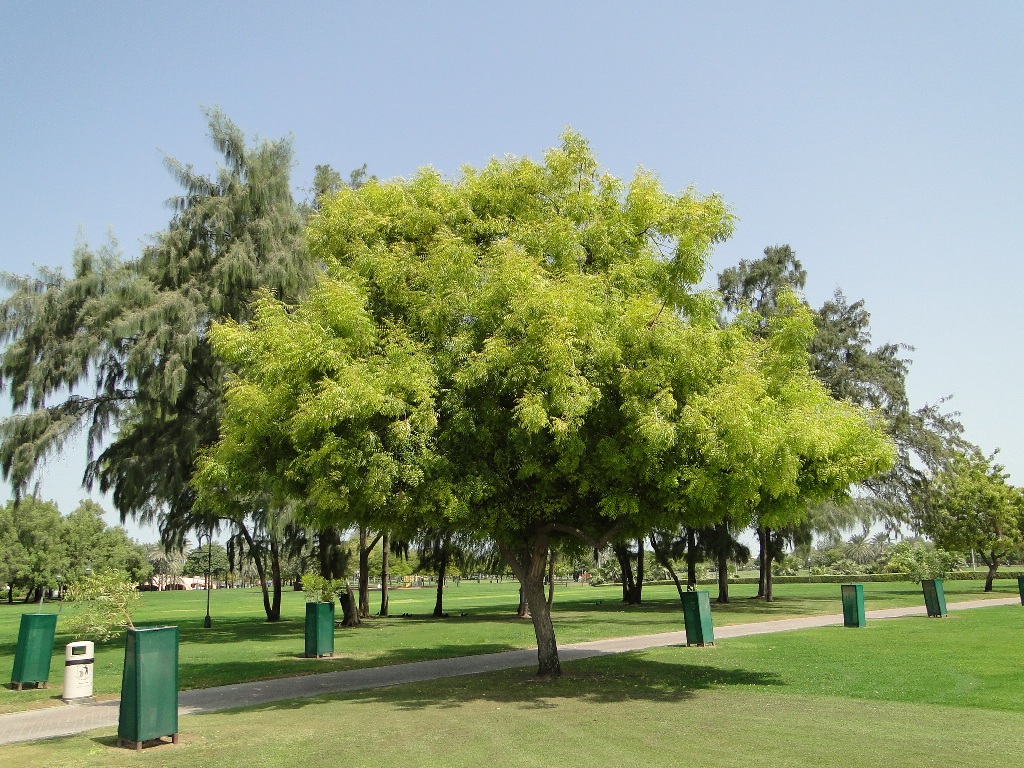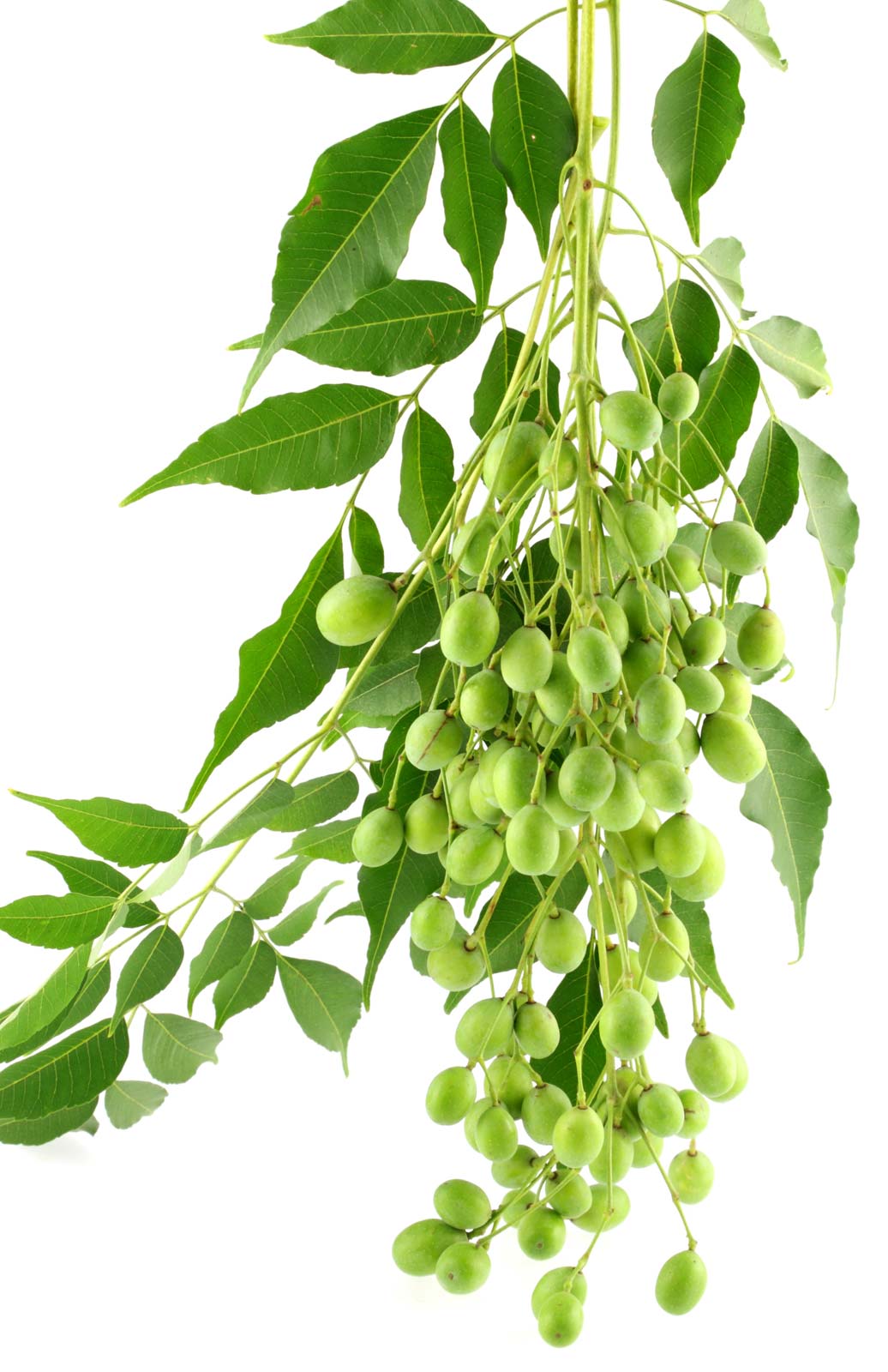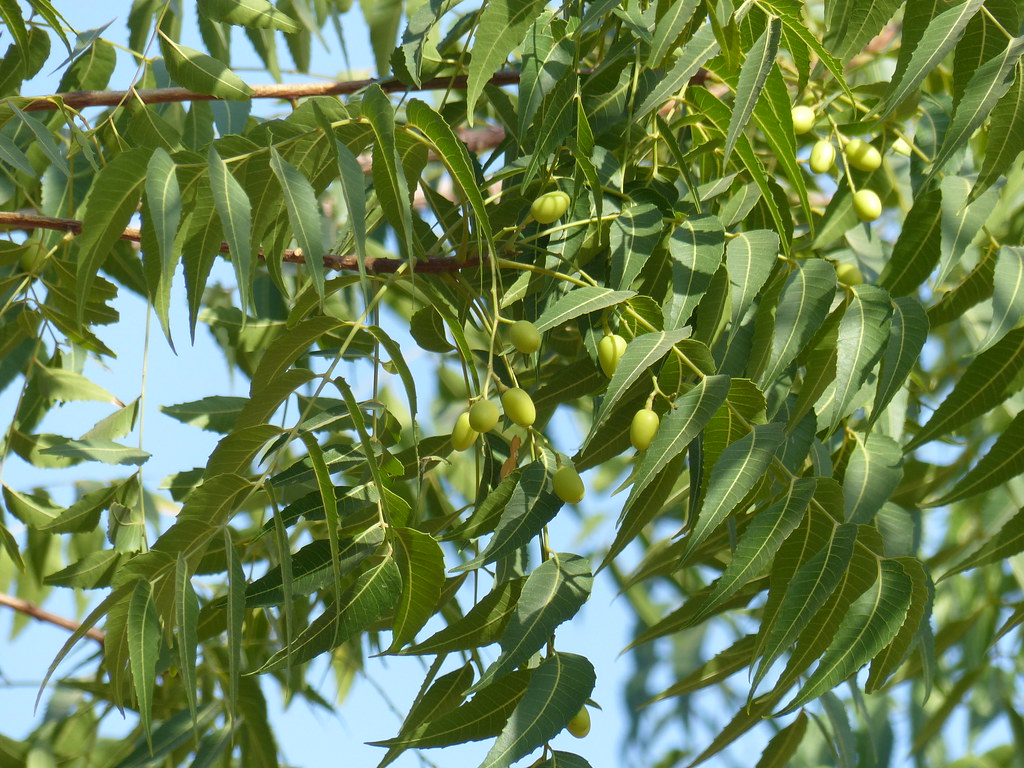NEEM TREE
Azadirachta indica
|
Reference No : |
0000008 |
|---|---|
|
Scientific Name : |
Azadirachta indica |
|
Sinhala Name : |
කොහොඹ (KOHOMBA) |
|
Tamil Name : |
வேப்பை மரம் (VEPPAI MARAM) |
|
Other Common Names : |
Nimtree, Indian lilac |
|
Synonyms : |
|
|
Plant Family : |
Meliaceae |
|
Plant Group : |
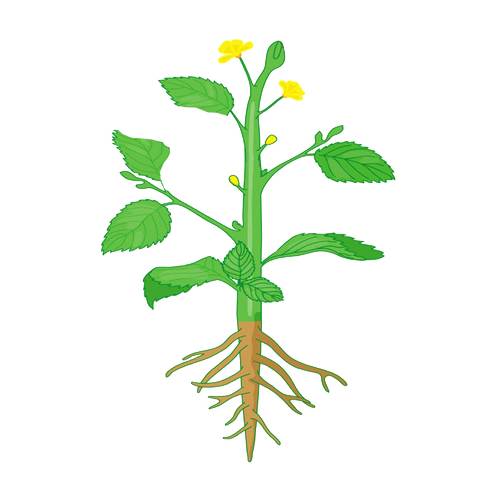 Angiosperms (Enclosed Seed) |
|
Plant Types : |
 Medium Tree
Medium Tree
|
|
Crown Architecture : |
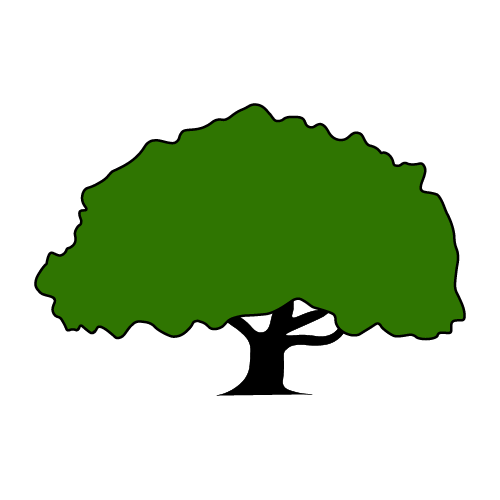 Spreading Canopy
Spreading Canopy
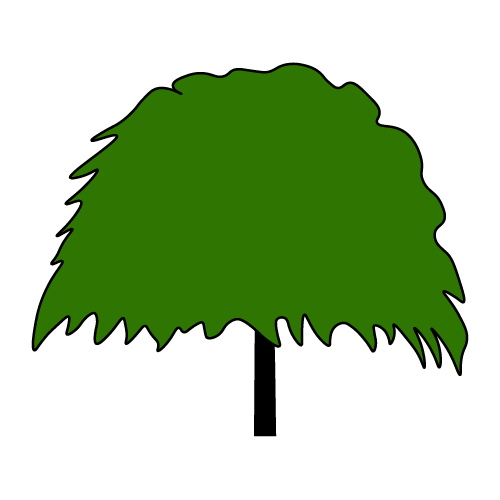 Weeping Standard Canopy
Weeping Standard Canopy
|
|
Plant Categories : |
Agricultural plants; Bird Attractive Plants; Border Plants; Canopy plants; Common Landscaping Plants; Courtyard Plants; Dark Green Plants; Dry Zone Plants; Flowering Plants; Forest Trees; Fruiting Plants; Herbal Plants; High Leaves Density Plants; Home Garden Plants; Intermediate Zone Plants; Large Trees; Low Maintenance Plants; Medium Size Trees; Ornamental Plants; Parking Area Plants; Roadside Plants; Shady Plants; Sun Loving Plants; Thick Green Plants; Trees; Wet Zone Plants; Wild Plants; Wind Controlling Plants; Wood Value Plants |
|
Native Region(s) : |
Indian Subcontinent |
|
Plant Distribution(s) : |
E. Asia - India, Sri Lanka, Myanmar |
|
Habitat : |
Mixed forests. Evergreen lowland forests |
|
Elevation : |
Above sea level up to 1,500 m |
|
Average Height : |
15 - 20m |
|
Maximum Height : |
40m |
|
Average Width : |
20m |
|
Maximum Width : |
25m |
|
Root System(s) : |
Tap Root |
|
Propogation(s) : |
By Seeds; By Air Layering (Marcotting); By Cutting (Root) |
|
Average Longevity : |
more than 75 years |
|
Medicinal Use : |
Yes |
|
Medicinal Value : |
Leaves, Seeds, Roots and Bark for Fevers, Skin ailments, Wounds, Coughs, Asthma, Eye diseases and Worms in Sinhala Ayurveda |
|
Benefits & Uses : |
Dried leaves are insect repellent. Neem oil and leaves have the ability to cause some forms of toxic encephalopathy and ophthalmopathy if consumed in any quantity. Tree: the neem tree is of great importance for its anti-desertification properties and possibly as a good carbon dioxide sink. Fertilizer: Neem extract is added to fertilizers (urea) as a nitrification inhibitor. Soap: 80% of India's supply of neem oil now is used by neem oil soap manufacturers. Although much of it goes to small-scale speciality soaps, often using cold-pressed oil, large-scale producers also use it, mainly because it is cheap. Additionally it is antibacterial and antifungal, soothing, and moisturising. It can be made with up to 40% neem oil. Generally, the crude oil is used to produce coarse laundry soaps. Animal feed: Neem leaves can be occasionally used as forage for ruminants and rabbits |
|
Special Features : |
Dried leaves are insect repellent Neem oil and leaves have the ability to cause some forms of toxic encephalopathy and ophthalmopathy if consumed in any quantity. Tree: the neem tree is of great importance for its anti-desertification properties and possibly as a good carbon dioxide sink. Fertilizer: Neem extract is added to fertilizers (urea) as a nitrification inhibitor. Soap: 80% of India's supply of neem oil now is used by neem oil soap manufacturers. Although much of it goes to small-scale speciality soaps, often using cold-pressed oil, large-scale producers also use it, mainly because it is cheap. Additionally it is antibacterial and antifungal, soothing, and moisturising. It can be made with up to 40% neem oil. Generally, the crude oil is used to produce coarse laundry soaps. Animal feed: Neem leaves can be occasionally used as forage for ruminants and rabbits |
|
Plant Disease(s) : |
No serious insect or disease problems. |
Foliage |
|
|
Leaf / Habit : |
Evergreen |
|
Leaf Shape : |
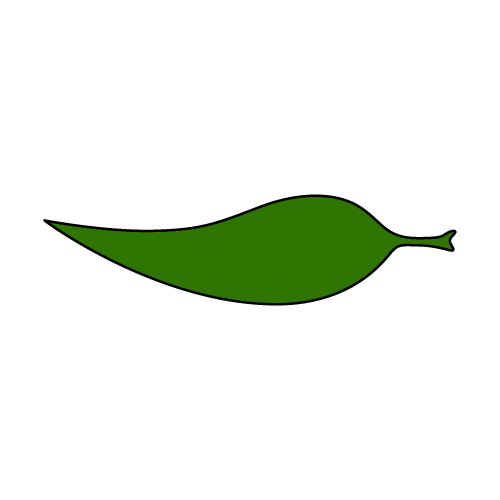 Falcate shape
Falcate shape
|
|
Arrangements : |
Simple |
|
Leaf Arrangement : |
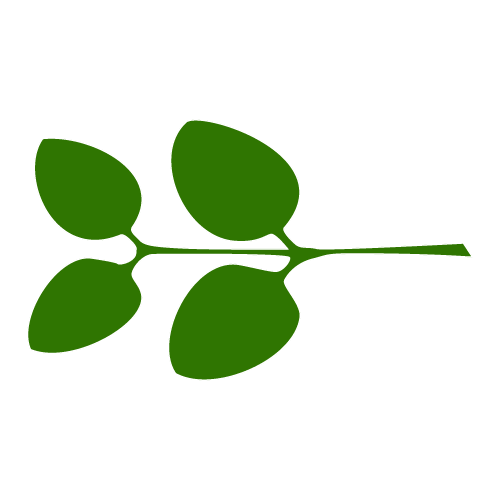 Opposite leaf arrangement
Opposite leaf arrangement
|
|
Leaves : |
20-40 cm long, with 20-31 medium to dark green leaflets about 3-8 cm long. The leaf stalks (petioles) are short. Very young leaves are reddish to purplish in colour. The shape of mature leaflets is more or less asymmetric and their margins are toothed (dentate). |
Flowering |
|
|
Is Flowering : |
Yes |
|
Blossoms : |
Arise from the junction of the stem and petiole (are arranged axillary), normally in more-or-less drooping flower clusters (panicles) which are up to 25 cm long. These branching inflorescences, bear from 150 to 250 flowers. An individual flower is 5-6 mm long and 8-11 mm wide. |
|
Blooming Season : |
March; April |
Fruiting |
|
|
Bears Fruits : |
Yes |
|
Fruit : |
A smooth (glabrous) olive-like drupe which varies in shape from elongate oval to nearly roundish, and when ripe are 1.4-2.8 x 1.0-1.5 cm. The fruit skin is thin and turns yellow when ripe. The bitter-sweet pulp is yellowish-white and very fibrous. The pulp is 0.3-0.5 cm thick. The white, hard inner shell of the fruit encloses one, rarely two or three |
|
Fruiting Season : |
May; June |
|
Seeds : |
Elongated seeds (kernels) having a brown seed coat. Birds are known to gorge themselves on the fruits but they are extremely poisonous to mammals. |
Maintenance |
|
|
Level : |
Medium |
|
Soil Types : |
Sandy Soil; Clay Soil; Loam Soil; Acidic (pH 5.5>) to Alkaline (pH 8.5 <); Well Drained Soil |
|
Water : |
Medium/Moderate |
|
Sunlight : |
Full |
|
Humidity : |
Average |
Edibility |
|
Legal Status |
|
If you find any errors, please email us at info@biophilia.lk
_in_Hyderabad_W_IMG_6976.jpg)
